New York Halts Non-Essential Construction
Governor Cuomo’s order exempts affordable housing, hospitals and several other categories.
New York Governor Andrew Cuomo has announced an immediate stop to all construction in the state, with exceptions for “essential” projects, as the number of confirmed cases of coronavirus in New York climbed to 44,600.
“We’re closing down non-essential construction sites,” Cuomo said at the press conference. “Some construction is essential to keep the place running but non-essential construction is going to be stopped.”
Cuomo announced the measure on Friday during his daily televised address, which over the past week has been held in Manhattan’s Javits Center, a 1.8 million-square-foot convention center that has been converted by the Army Corps of Engineers to house 1,000 hospital beds for coronavirus patients.
Emergency construction, hospital construction, infrastructure and transportation projects, and affordable housing are considered essential and will be allowed to continue, but all other work must stop immediately, according to Melissa DeRosa, Secretary to the Governor.
READ ALSO: $2T Relief Bill Passes House
The measure comes more than a week after Cuomo suggested in a daily briefing that he would consider differentiating between construction projects and sites considered essential and those that are non-essential.
Boston Mayor Marty Walsh halted all construction in the city on March 17, leading industry groups to urge officials to keep construction going.
Meanwhile, Cuomo’s administration is continuing to look at sites where it can convert and build out more hospital space for patients. Those locations include dorms at public institutions of higher learning, including The City College of New York, located in upper Manhattan, and Queens College, Cuomo said. Hotels and nursing homes are also being considered, including the New York Marriott at the Brooklyn Bridge and the Brooklyn Center for Rehab and Residential Health Care.
“We’re looking far and wide, (being) very aggressive, creative in finding all the space we can possibly find and converting it to be ready in case with … that overflow capacity,” said Cuomo.
INDUSTRY REACTION
Shortly after the announcement was made, the construction industry was still processing what exactly it meant for the near future.
“I’m not sure it brings a whole lot more clarity to what may or may not be deemed essential,” said Brian Sampson, president of the New York chapter of the Association of Builders and Contractors.
While Sampson said he understood why the far-reaching measure was taken, given the epicenter of the outbreak is centered in densely populated New York City, he was frustrated by the lack of detail regarding when it will take effect and which projects are included or excluded.
Construction sites in New York tend to be dense and more vertical but outside of the city, sites tend to be horizontal and spread out, which could be safer for social distancing measures, said Sampson. He added that many members with projects in New York City reported that they have already taken measures to reduce density at their sites.
“We’d like to see an understanding that different parts of the state may have different abilities to do construction,” said Sampson.
He also expressed concern over areas in the state outside of New York City that don’t have the economic strength to weather major events in the same way.
“When you take an entire industry and essentially put it to a halt, that means projects in Long Island and upstate—they may be done forever,” said Sampson.

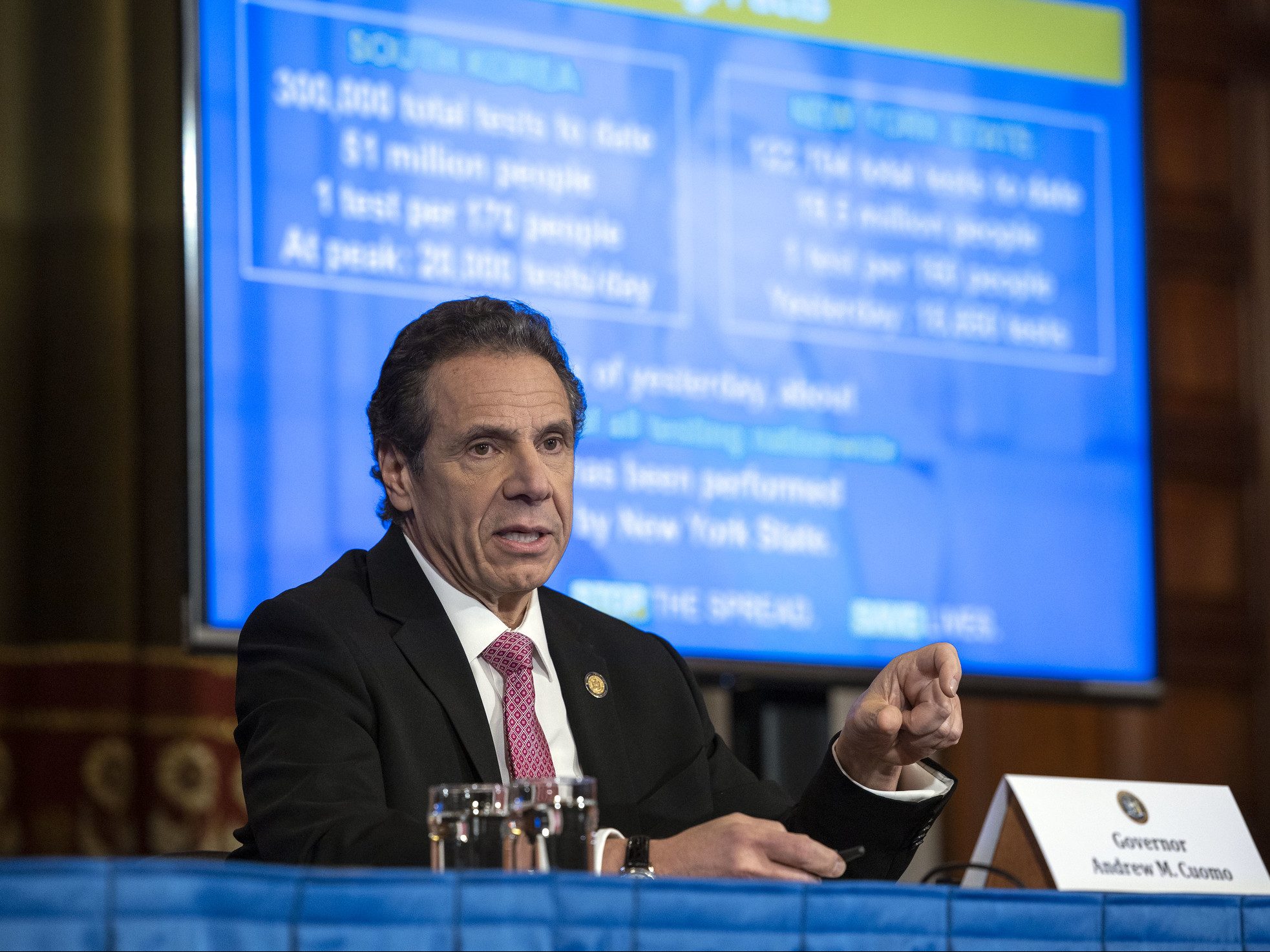
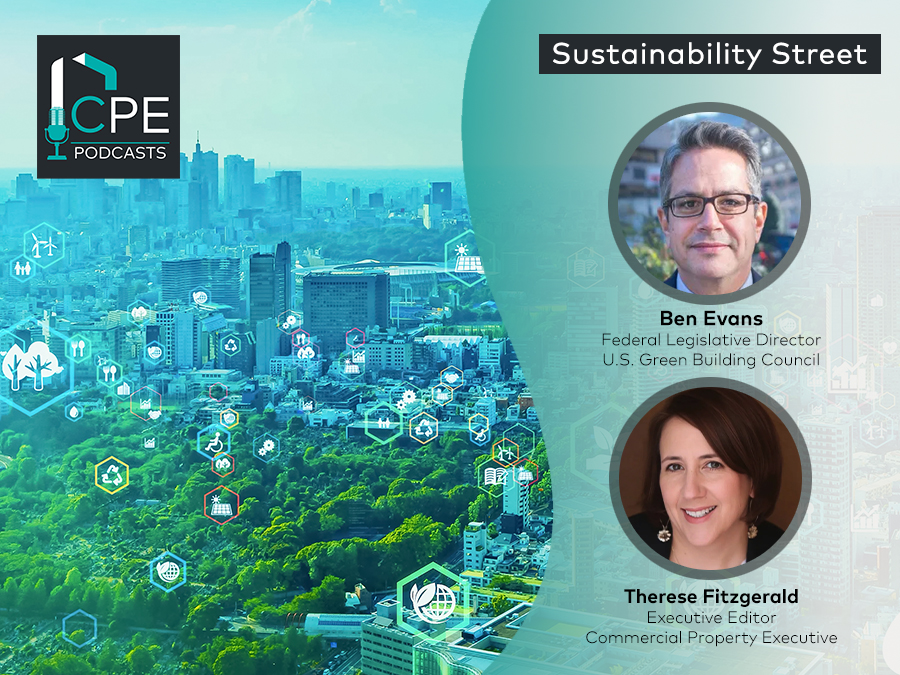
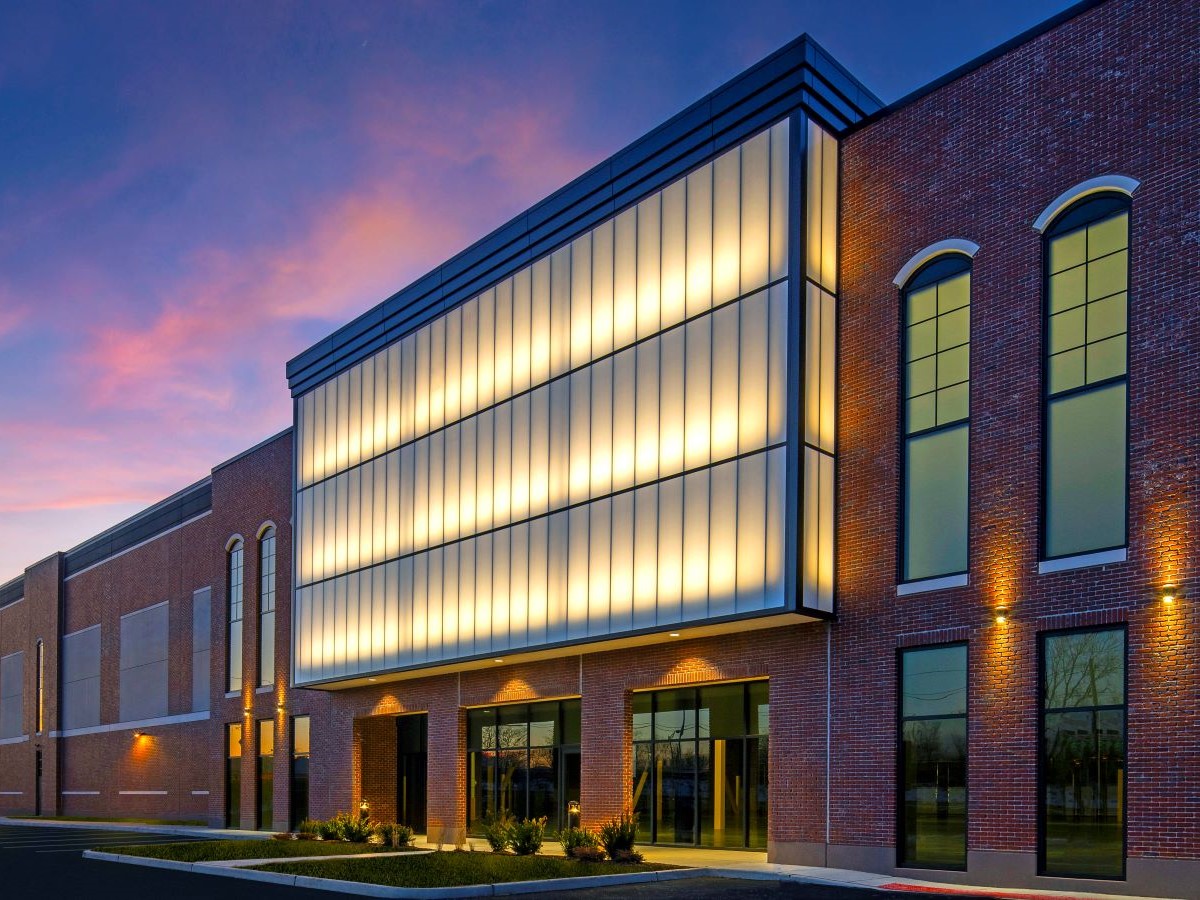
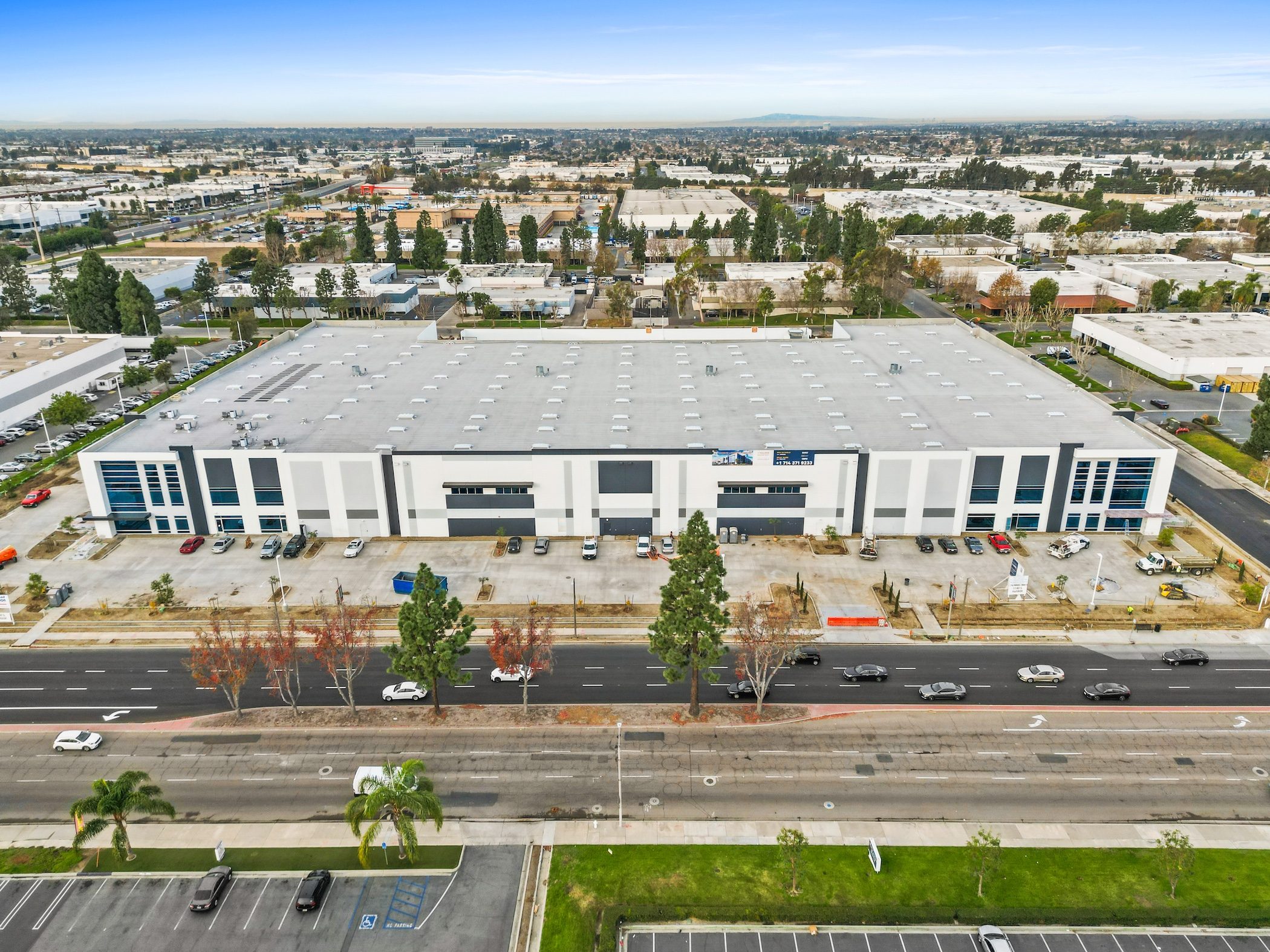
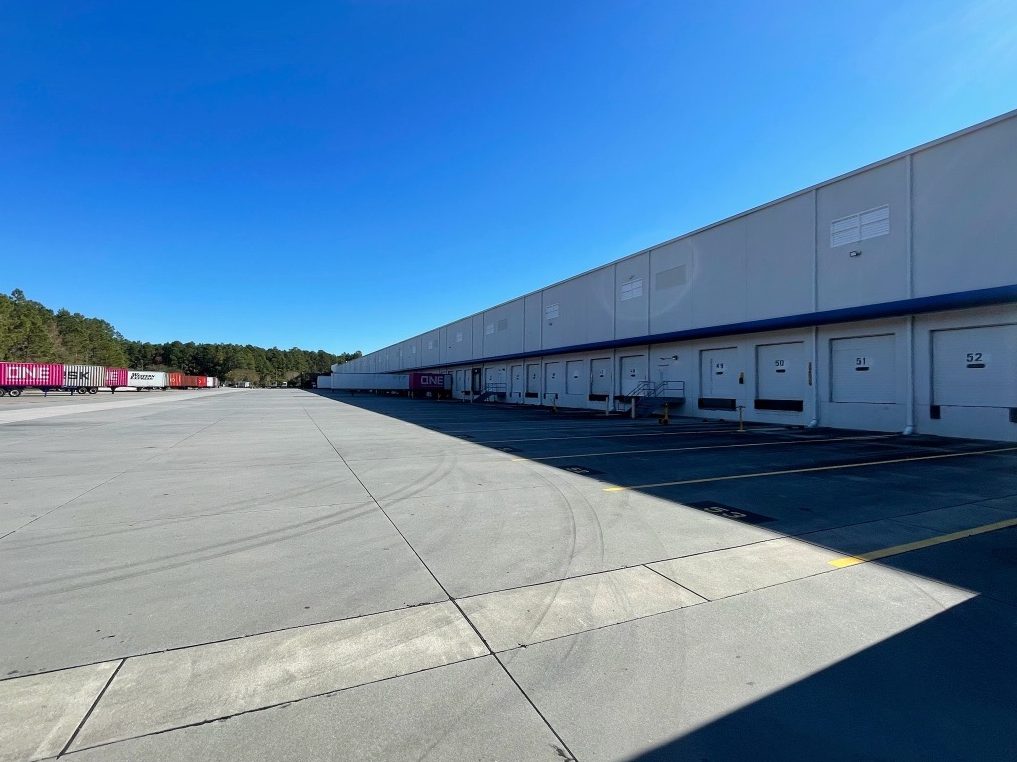
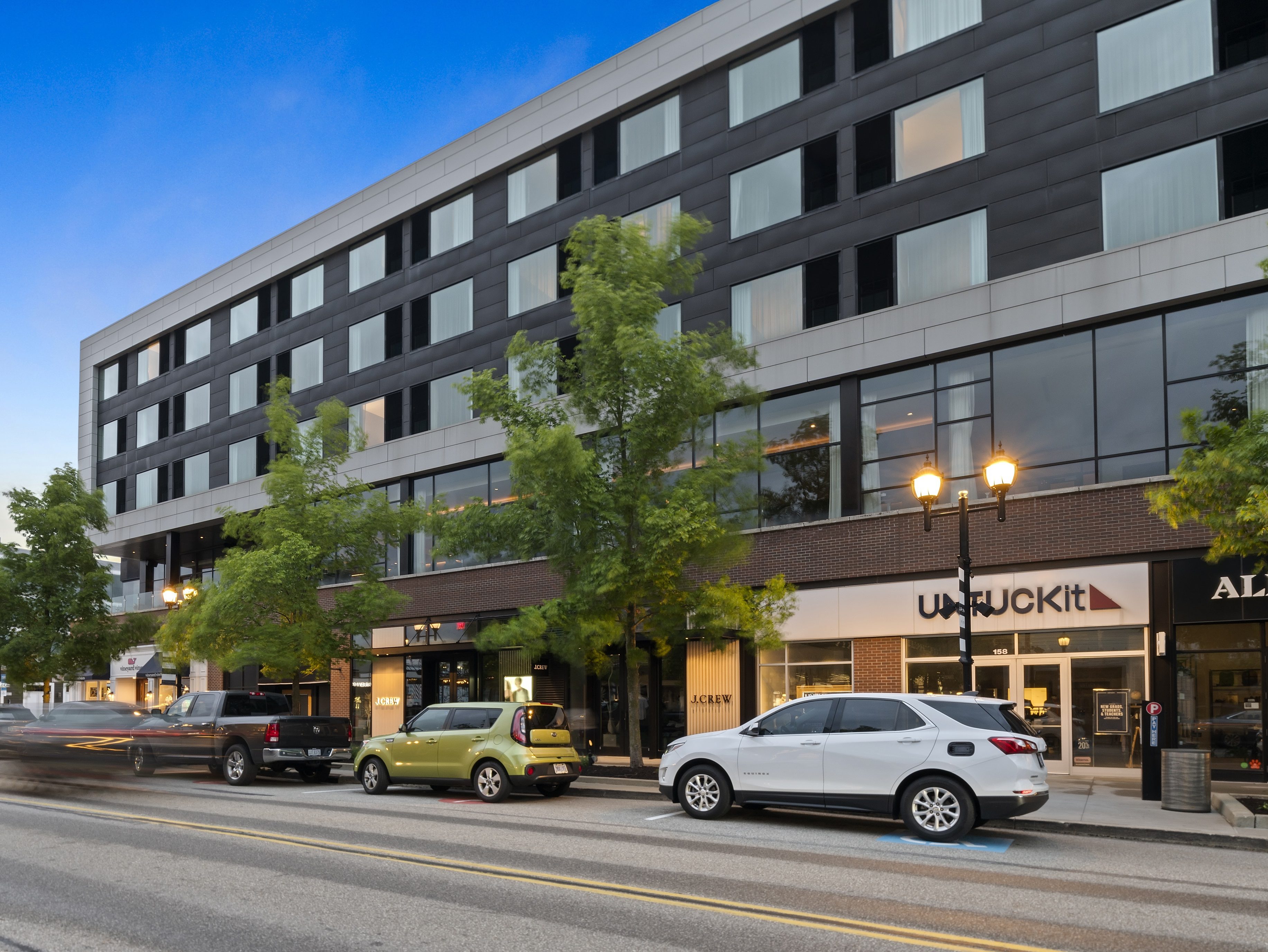

You must be logged in to post a comment.